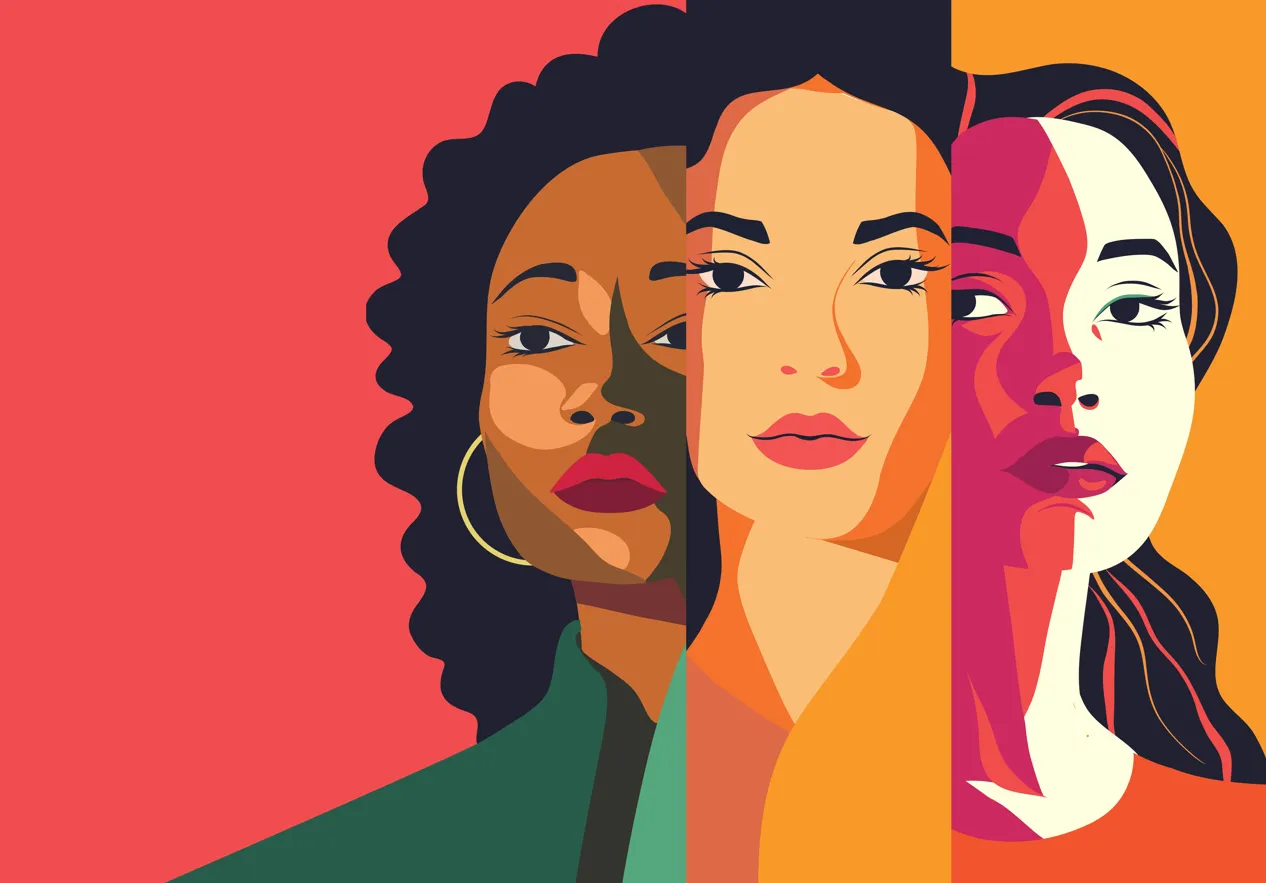Personal Finance News
Why women in India are missing out on life insurance

6 min read | Updated on December 13, 2024, 10:32 IST
SUMMARY
Life insurance coverage in India and around the globe has a concerning gender disparity, with women often invalidating their life’s worth and the need to get an insurance policy, regardless of whether they're earning or not.

Life insurance coverage is influenced by factors like income gap and labour force participation
Life insurance, a contract that provides a safety net in case of the death of a person, is seen solely as a monetary transaction between the insurance provider and the insured person. To some extent, this is the right way to think about life insurance—when you’re not considering the fact that the said tool is used to attach value to human life.
As of 2021, around 35 crore of the Indian population has life insurance, according to data by the Insurance Regulatory and Development Authority of India (IRDAI). This means, almost 105 crore people in India, around 75% of the total population, are still uninsured.
When these statistics are broken down further, the situation becomes increasingly concerning. According to the annual report of IRDAI in 2023, only 34.2% of the total policies in 2022-23 were sold to women. This was lower than 34.7% in 2021-22.
I talked to a few women, who spoke on the condition of anonymity, to understand the reason behind these alarming figures.
When followed up by asking why her husband needs life insurance when she earns as well, she seemed to go on a train of thought. Her eventual answer was that he earns considerably more, which seemed reason enough to her.
She found the idea of having life insurance amusing because, despite years of unpaid domestic labour, she thought she hadn’t worked even a day in her life.
It may seem logical for the breadwinner to have life insurance, as monthly premiums are often seen as an unnecessary addition to routine budgets unless there’s a monetary loss after the insured's death. However, this logic falters when even working women in India largely lack life insurance coverage.
A 52-year-old working woman revealed she got life insurance only last year at age 51.
Despite managing a successful boutique and household finances, she had never thought about getting life insurance before.
While this is a reality for many women in our country, there are others who do have a life insurance policy and understand its importance.
What about women who do have life insurance coverage?
A 31-year-old single woman, working as an analyst in a multinational consultancy firm, explained her reasons for getting life insurance.
Another woman, 28 and married, shared that she and her husband both come from financially weak backgrounds but they earn well today. They planned their future together and decided to get life insurance policies a couple of years ago.
Even globally, life insurance coverage is higher in men than women. For instance, nearly 47% of women in the US had life insurance policies, as compared to 58% of men, as per a consumer study conducted by LIMRA in 2021. This disparity is worse in Asian and African countries.
Challenges faced by women
Life insurance coverage is influenced by factors like income gap and labour force participation. Globally, women face significant disparities in income and labour force participation compared to men. The global gender pay gap stands at around 23%, meaning women earn approximately 77 cents for every dollar men earn, according to the United Nations. Current estimates suggest that it may take 169 years to close this gap.
In India, the gender pay gap stands at around 60%, with women earning only 40% of what men earn for the same work, as per data by the World Economic Forum on economic gender parity. Key industries like technology have higher disparities. Social norms, workplace discrimination and limited access to leadership roles further exacerbate income inequality for women in India and globally.
Labour force participation rates also highlight gender inequality. Globally, nearly 47% of women participate in the labour force compared to 72% of men, according to International Labour Organization data, due to caregiving responsibilities and limited access to flexible work. In India, the female labour force participation rate is alarmingly low at around 37% for women, compared to nearly 79% for men, as per official government data. Factors like unpaid domestic work and restrictive cultural norms affect Indian women. Notably, rural areas see higher participation due to agricultural work.
By signing up you agree to Upstox’s Terms & Conditions
About The Author
Next Story

